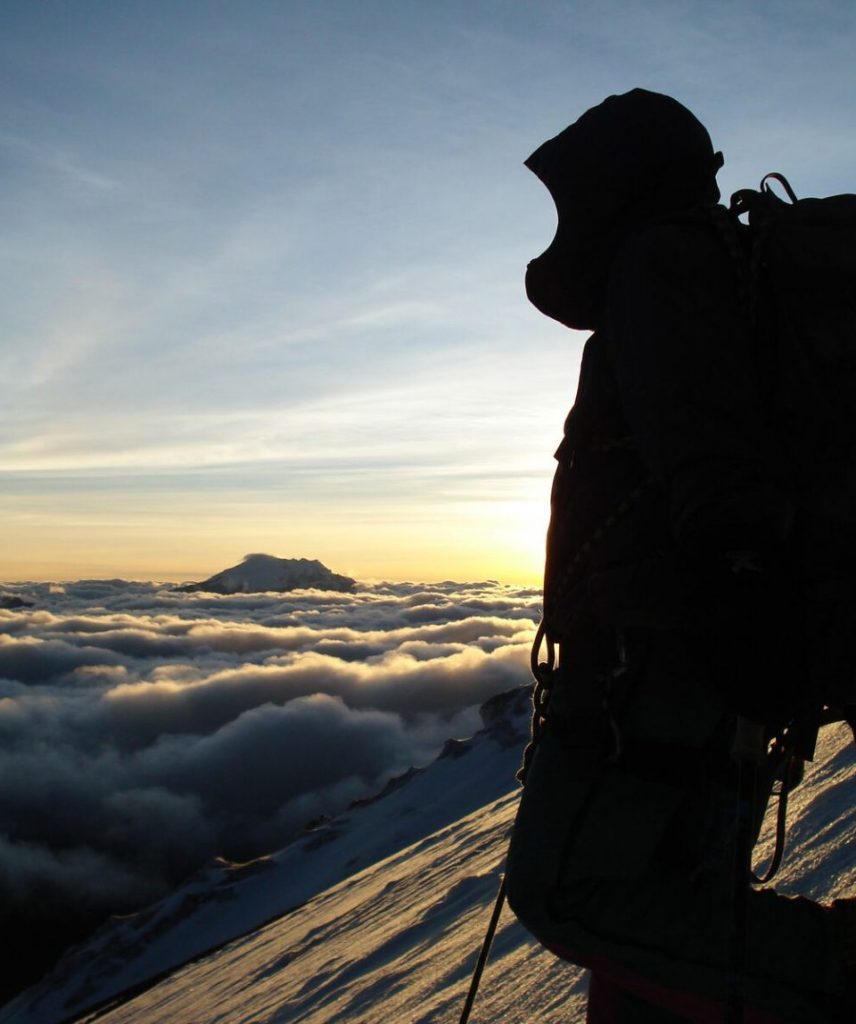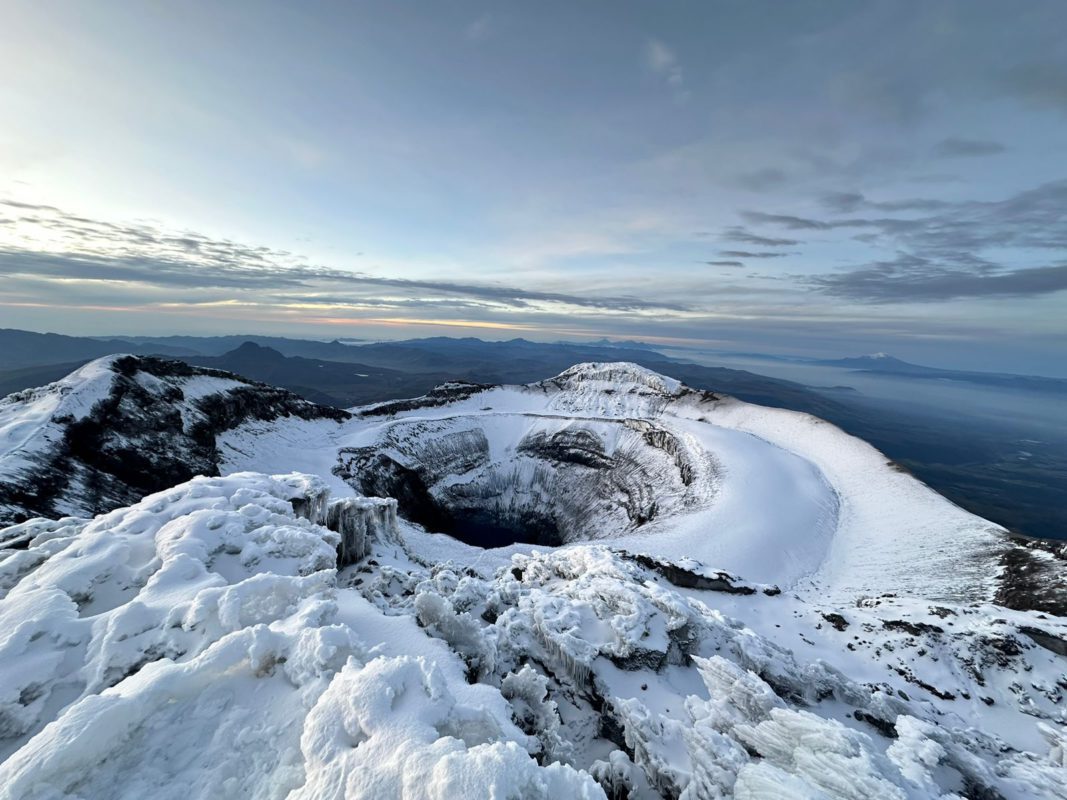Cotopaxi Climbing Tours offer adventurers the chance to summit one of the world’s highest active volcanoes in Ecuador’s Andean region. Located conveniently close to Quito, Cotopaxi presents a challenging yet rewarding climb with experienced guides. Participants can expect a mix of technical climbing, stunning scenery, and the thrill of conquering a glaciated peak. These tours provide an unforgettable adventure for those seeking both excitement and natural beauty.
Nestled within the Andean range of Ecuador, Cotopaxi emerges as a prominent geological feature, distinguished by its stratovolcanic structure and imposing altitude, reaching 5,897 meters (19,347 feet) above sea level. This active volcano, characterized by its conical shape and glacier-capped summit, presents a compelling subject for scientific inquiry, particularly in the realm of geomorphology and glaciology.
From a geological perspective, Cotopaxi offers a unique opportunity to study the processes of volcanic formation and evolution. Its formation can be traced back to subduction zone tectonics, where the Nazca Plate descends beneath the South American Plate, leading to the generation of magma and subsequent volcanic activity. Detailed analysis of the volcano’s composition, eruptive history, and associated phenomena, such as lahars and pyroclastic flows, contributes to our understanding of volcanic hazards and risk assessment in the region.
Moreover, Cotopaxi’s glaciated slopes serve as a natural laboratory for glaciological research. The presence of glaciers on a tropical volcano provides valuable insights into climatic variability, glacial dynamics, and the impacts of global climate change on high-altitude environments. Monitoring changes in glacier extent, mass balance, and hydrological processes yields crucial data for assessing regional water resources, ecosystem dynamics, and adaptation strategies in the face of climate uncertainty.
Climbing Cotopaxi also offers scientists an opportunity to study the physiological and ecological effects of high-altitude environments on human health and biodiversity. As climbers ascend the mountain, they experience hypobaric hypoxia, a condition characterized by reduced oxygen availability at high elevations, which can have profound effects on cardiovascular, respiratory, and neurological function. Observations of flora and fauna along the altitudinal gradient provide insights into species distribution patterns, adaptive mechanisms, and responses to environmental stressors, informing conservation efforts and ecosystem management strategies.
In summary, Cotopaxi represents not only a formidable challenge for mountaineers but also a rich source of scientific inquiry across multiple disciplines. Its geological, glaciological, and ecological significance underscores the interconnectedness of Earth’s processes and the importance of interdisciplinary research in understanding and conserving our planet’s natural heritage.

General Manager and Founder - National guide and wildlife expert, photographer of wildlife, and afficionado of history. Wlady is a proud Ecuadorian who went to highschool in New Zealand and started Ecuador Eco Adventure after meeting his Aussie mate Jake while studying ecotourism at uni.



0 Comments